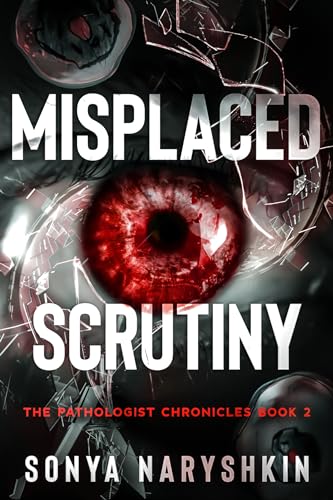As a professional emergency responder you are well trained to handle an extensive array of crises. Your tense and stressful work environment can cause depersonalization of casualties and victims, with potentially negative consequences.
This handbook is specifically designed to help you sharpen your professional communication skills and make you even more effective than you already are. Discover which of your actions speed recovery, or cause more anxiety and distress to a casualty.
What you say and how you say it can make all the difference. Learn which words can calm and help your patient, and what words and phrases you need to avoid. Understand how surroundings can upset victims, and how easily you can lessen their feelings of vulnerability, distress, pain, and fear.
Discover words and actions that support victim recovery, and others that can unintentionally hinder it. Learn how the surroundings can upset casualties, and how a first responder can easily calm their distress. Learn powerful communication models for use in every facet of life - at work, at home, and at play.
TABLE OF CONTENTS
Foreword by Lt. Jeffrey Katz
Tips to Help You Integrate These Skills
Introduction by the author
Chapter One - How the Brain Works
- Set up for this Chapter
- How the Mind Processes Information
- Psychological Firewall
- Trance
Chapter Two – The Effect of Your Words and Actions
- Set up for this Chapter
- How Your Actions Affect an Injured Person
- How Your Words Affect an Injured Person
- How Sensory Inputs Affect an Injured Person
Chapter Three - Supplementary Information - “Nice to Know”
- General Anesthesia and the Subconscious Mind
- Maslow’s Hierarchy of Needs
- Communication Styles
- The Stages of Grieving
- Language Patterns and Embedded Commands
Chapter Four - Integrating these Skills
- Review Exercises
- VAK Self-Audit


